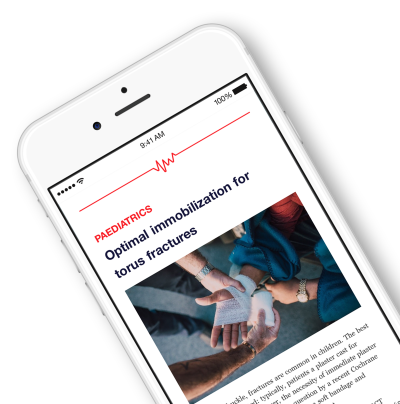
COA-ACO2018: No significant effect of PSI on 1-year TKA component migration vs standard instruments .
Patient Specific Instrumentation does not Affect Implant Migration in Total Knee Arthroplasty at One Year Post-Operation
50 patients scheduled for total knee arthroplasty were randomized to completion of surgery using either patient-specific instrumentation or conventional instrumentation. Outcome of interest was component migration on radiosteroemetric analysis. Results at one year demonstrated no significant difference in migration between groups, with no significant difference in maximum total point motion (MTPM) of either the femoral component or tibial component.
Unlock the Full ACE Report
You have access to 4 more FREE articles this month.
Click below to unlock and view this ACE Reports
Unlock Now
Critical appraisals of the latest, high-impact randomized controlled trials and systematic reviews in orthopaedics
Access to OrthoEvidence podcast content, including collaborations with the Journal of Bone and Joint Surgery, interviews with internationally recognized surgeons, and roundtable discussions on orthopaedic news and topics
Subscription to The Pulse, a twice-weekly evidence-based newsletter designed to help you make better clinical decisions
Exclusive access to original content articles, including in-house systematic reviews, and articles on health research methods and hot orthopaedic topics































































